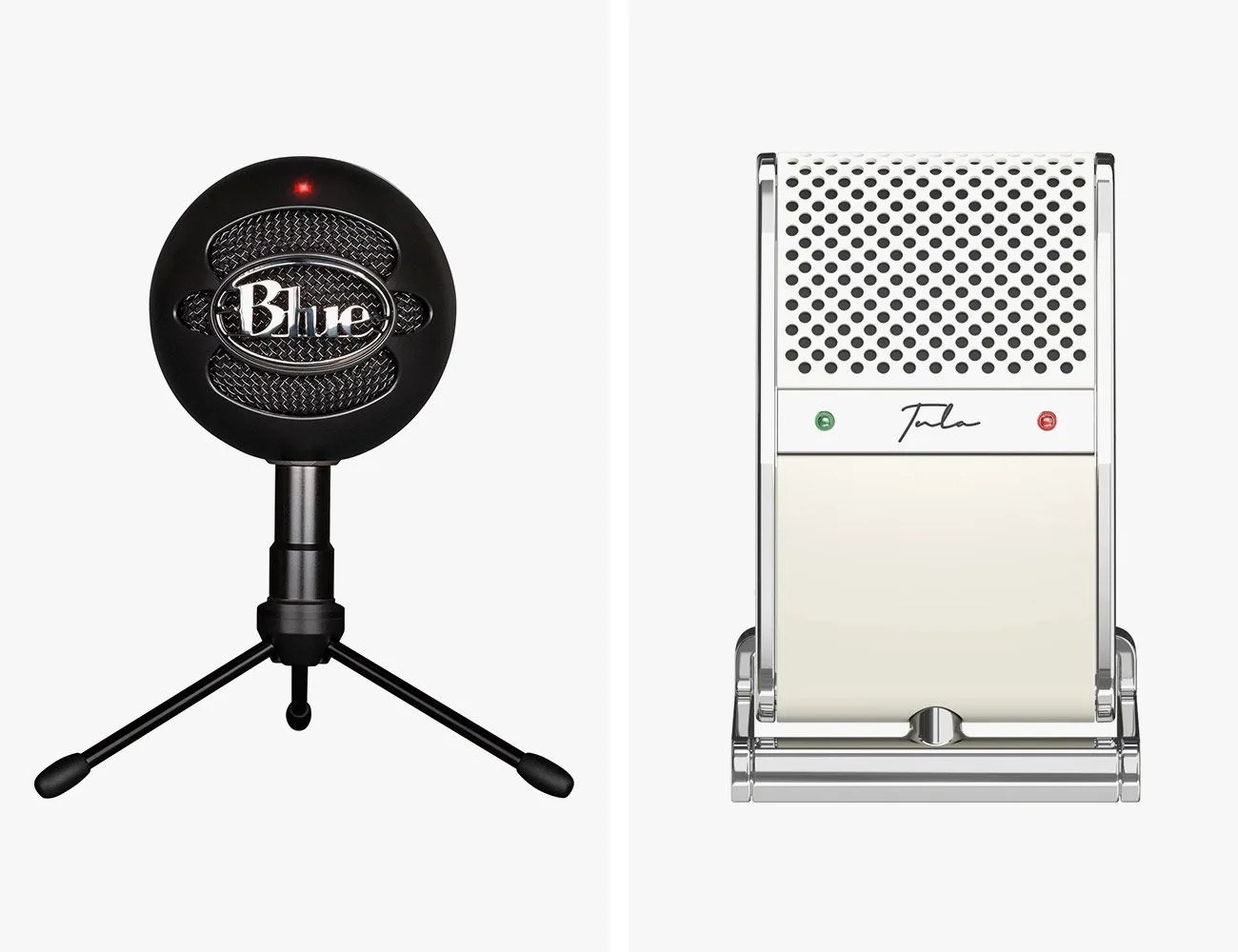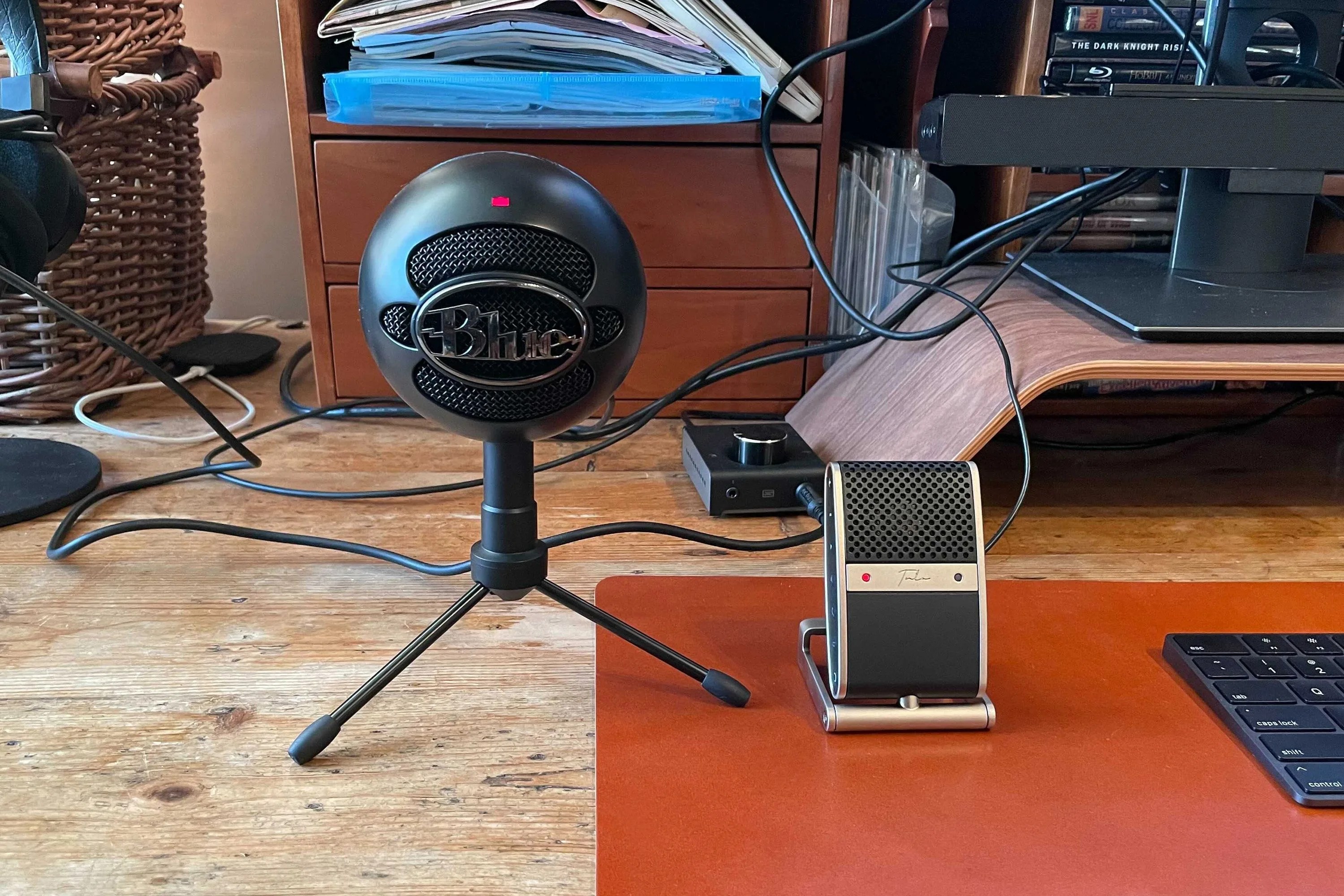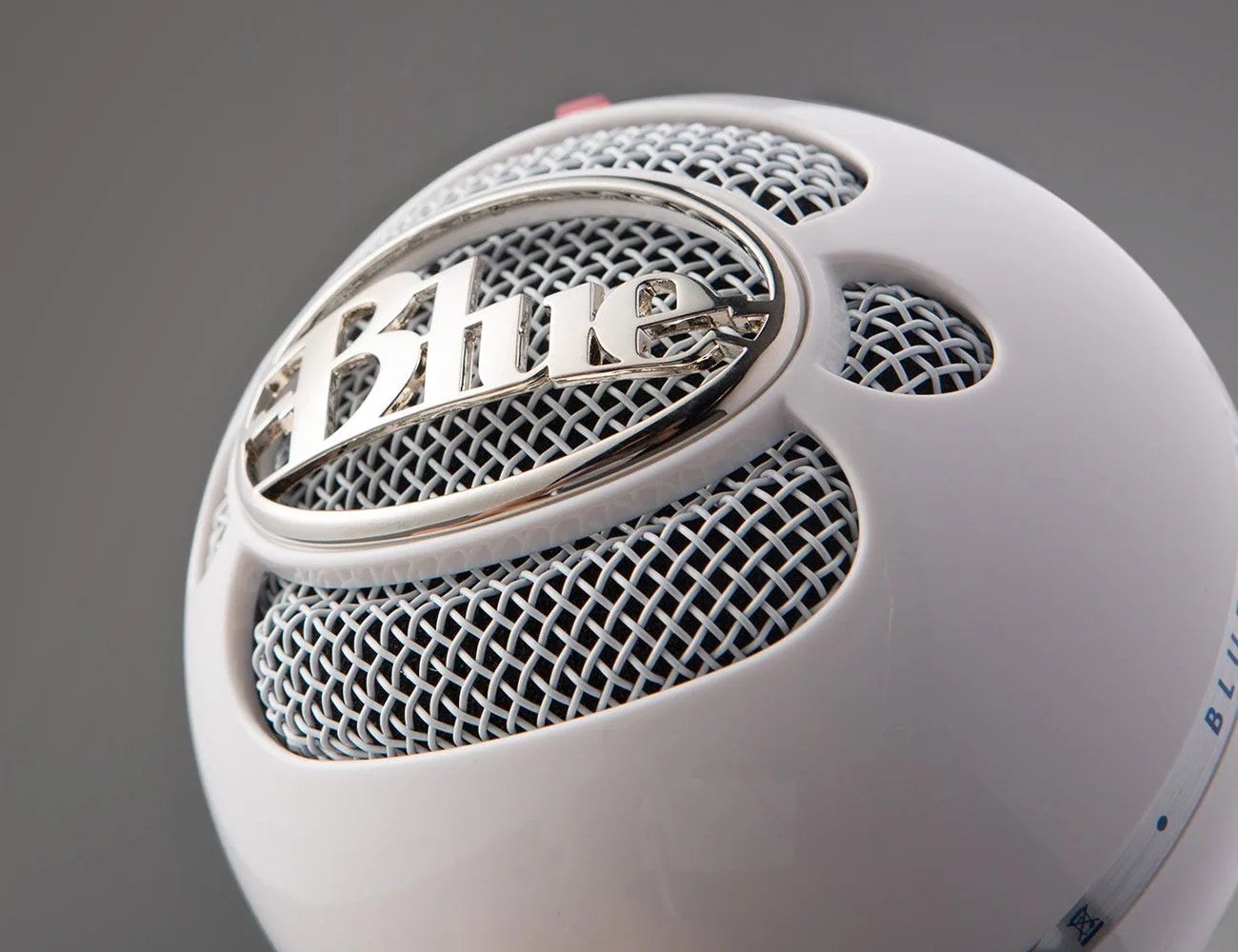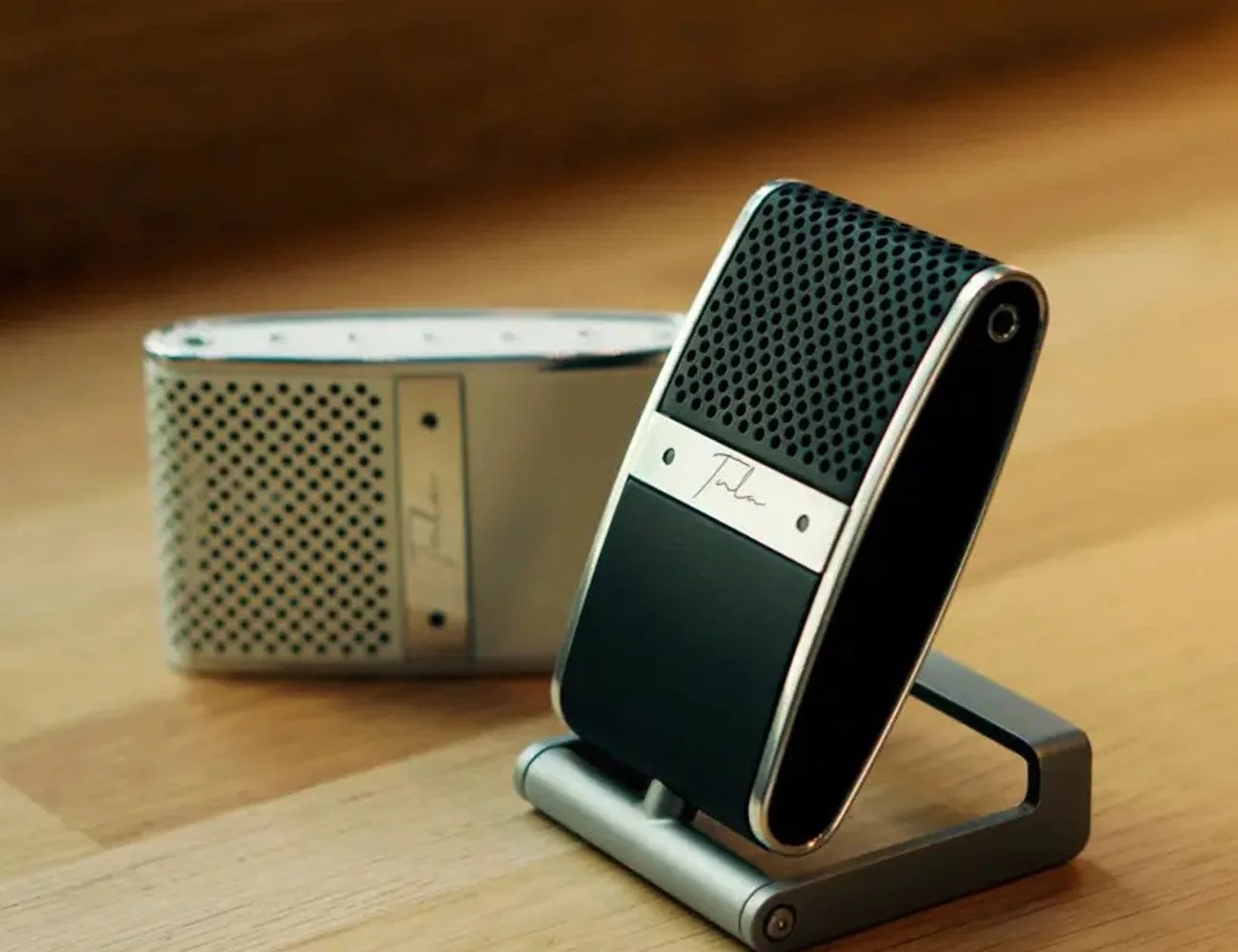Whether you’re spending a lot of time on video conference calls, starting a podcast or recording your own music, it’s a good idea to invest in a USB microphone. Why? Because the microphone that’s built-in your laptop, desktop or headphones (unless you have a gaming headset with a boom microphone) isn’t very good — and a USB microphone is plug-and-play ready (literally) and will greatly improve the clarity of your recordings.
The good news is there’s a wide selection a lot of these USB microphones out there and most don’t cost a fortune. If you’re in the market for a USB microphone and you’re an average person — meaning you’re not a professional musician, gamer or streamer — you probably don’t need to spend more than $200. In fact, you can even get a high-quality USB microphone from reputable brand, such as Blue, Rode, Shure or Sennheiser, for as little as $50.
So what exactly is the difference between a USB microphone that costs $50 and one that costs $200? I’ve been testing the Blue Snowball Ice ($50) and the Tula Mic ($199) for the last month and, while both are big upgrades over what you likely have, the Tula Mic definitely has a warmer, brighter and more personal sound. But it’s also a lot more than that.
Here’s what you need to know.
 Courtesy
CourtesyThe clarify of your voice is the biggest thing.
The whole reason for getting an external microphone is to improve the sound quality of your voice and, naturally, the more expensive external microphones are going to have higher quality components (transducers, specifically) that are going to do a better job of just that. It can all get a little complicated when comparing microphones, but the two specs that will have the biggest impact on how your voice sounds are frequency response and resolution (or sample/bit rate).
Frequency response indicates the range of sound frequencies that the external microphone is able to pick up. Typically, the wider the frequency response, the better the sound quality the microphone will pick up. When it comes to podcasting or video conferencing, it’s more important to capture the higher frequencies because those are the sounds of your voice. (If you’re playing instruments, you may be more concerned with the lower frequencies.)


